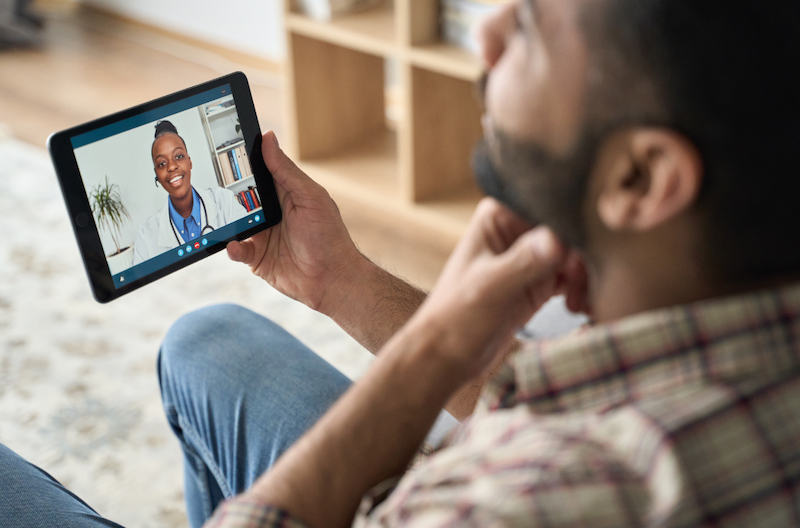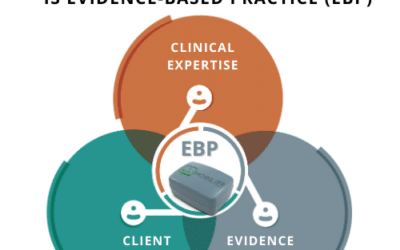According to the World Health Organization (WHO), 15% of the total world population (one billion people) lives with some form of disability or functional impairment. This number is likely to increase in the coming years due to rapid population growth, the aging population, health inequality, and lack of adequate healthcare services. There’s one solution to this massive problem that is fast compounding: digital health-at-home rehabilitation technology.
Digital health-at-home rehabilitation services reduce the healthcare burden of long waiting lists by increasing the number of patients that can be seen per clinician. They also have the potential to reduce healthcare costs by getting rehabilitation services to people in a more timely and intensive manner. This may prevent unwanted comorbidities that can end up being extremely costly for our healthcare systems. Additionally, digital services offer access to rehabilitation for people who are unable to access such services due to geographical or financial barriers.

The market for rehabilitation
Virtual physical therapy services are the largest segment of the telerehabilitation market, followed by speech pathology services, occupational therapy services, and chronic diseases management services.
According to a recent Fortune Business Insights report, the telerehabilitation market is expected to grow at a compound annual growth rate (CAGR) of 13.4%, making the industry worth US$ 9.13 billion by 2027.
One of the primary drivers of this growth is the increasing life expectancy. In the past 60 years, life expectancy for men has increased from 50.7 years to 70.6 years. The WHO has projected that the world population over 60 years will nearly double to reach 22%. The opportunity to serve this aging population by minimizing barriers of cost, time, and movement will lead to rapid growth in the e-rehabilitation market.
Currently, digital healthcare service providers provide treatment services such as physiotherapy, speech pathology and occupational therapy to patients online. Here are some of the most popular players in the market:
Key players in the digital rehabilitation market

1. Kaia Health
Kaia Health is a digital healthcare platform that provides therapy for people suffering from musculoskeletal (MSK) disorders such as back pain and osteoarthritis. The platform also offers personalized health coaching and digital therapy for other conditions such as chronic obstructive pulmonary disease (COPD). They have a patented AI coach that recognizes movement patterns so that users carry out their exercises safely and effectively.
Bolstered by the need for e-rehabilitation during the pandemic, Kaia Health has grown to over 500,000 users worldwide. This makes it one of the largest digital platforms offering MSK medicine services.
2. SWORD Health
Operating in the US, Europe, and Australia, SWORD Health offers digital physiotherapy to patients suffering from acute or chronic pain. A unique feature of SWORD Health’s service is that it allows patients to wear a sensor to help therapists design a specialized exercise regimen for them.
Moreover, SWORD Health’s mobile application monitors therapies and exercise routines, providing live feedback to patients either through a “digital” therapist or a physical therapist who connects through a telerehabilitation platform. They’ve shown that they can reduce healthcare costs while delivering superior outcomes. They have a mission to free two billion people from physical pain through virtual intervention offerings.
3. Constant Therapy
Constant Therapy is a speech therapy app that helps people recovering from a brain injury, stroke, or those who have a neurological condition such as dementia or aphasia. The app to eliminate the need for paper-based exercises. It is powered by a patented AI-tool, NeuroPerformance Engine, that maps out a personalized profile of each user’s strengths and weaknesses, in order to help people achieve their therapy goals.
To date, more than 185M exercises have been completed on the app by over 500k users. A recently published whitepaper shows that users performed 6x more exercises while using the app than they would have in a clinic.
Constant Therapy costs $29.99 per month and can be used by patients anytime, anywhere.
4. Great Speech
Great Speech provides online speech therapy services across all age groups. The platform has over 50 speech therapists who design comprehensive treatment plans with a personalized goal for each patient. They also have practice activities that people can access in between their virtual sessions.
Patients worldwide can access Great Speech’s services, starting at $130 per week.
5. eLuma
eLuma is a digital rehabilitation therapy provider that has helped almost 30,000 students overcome speech, fine motor impairment, gross motor impairment, visual impairments, and learning disabilities. Patients are guaranteed highly qualified therapists with an average experience of seven years. They do this through a telerehabilitation platform where users can link with speech pathologists, occupational therapists, or physiotherapists.
The platform also provides features such as attendance tracking, easy reporting, complete progress monitoring, and flexible scheduling.

The growing adoption of telehealth applications, increasing use of wearable devices, and the aging population equate a massive market opportunity to serve an underserved section of the population who require rehabilitation.
At True Angle, we believe in the power of digital health-at-home remote technologies to help individuals diagnosed with dysphagia. We have developed an innovative, one-of-a-kind wireless device and software system called Mobili-T that provides patients and clinicians with real-time feedback via an app about muscle movements during swallowing exercises. The system provides personalized exercise targets, and a motivating adherence tracking platform to encourage patients to complete their therapy anytime and anywhere. There is a Professional Suite that clinicians can use to work with their patients in a clinic, as well as remotely, from the patient’s home.





